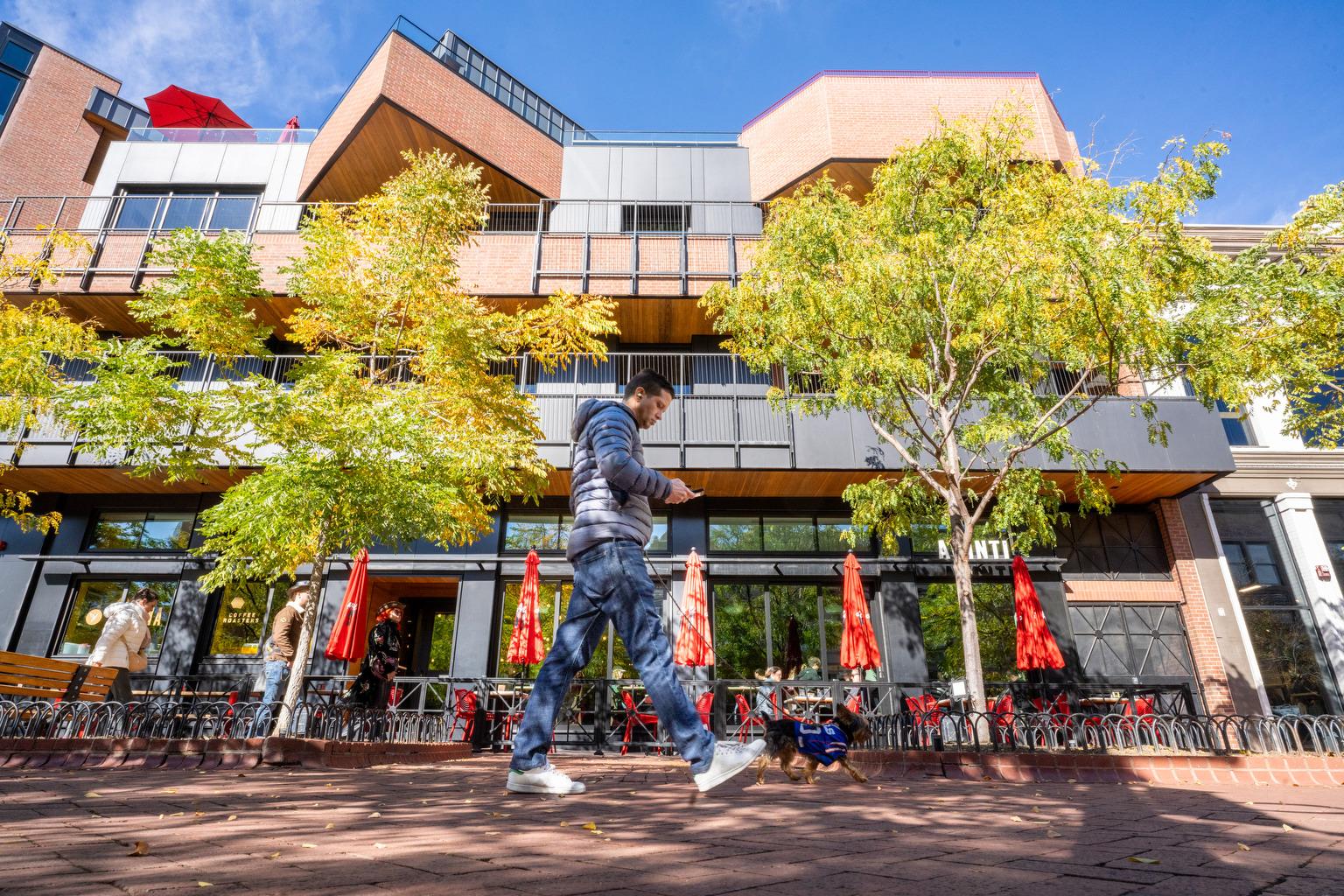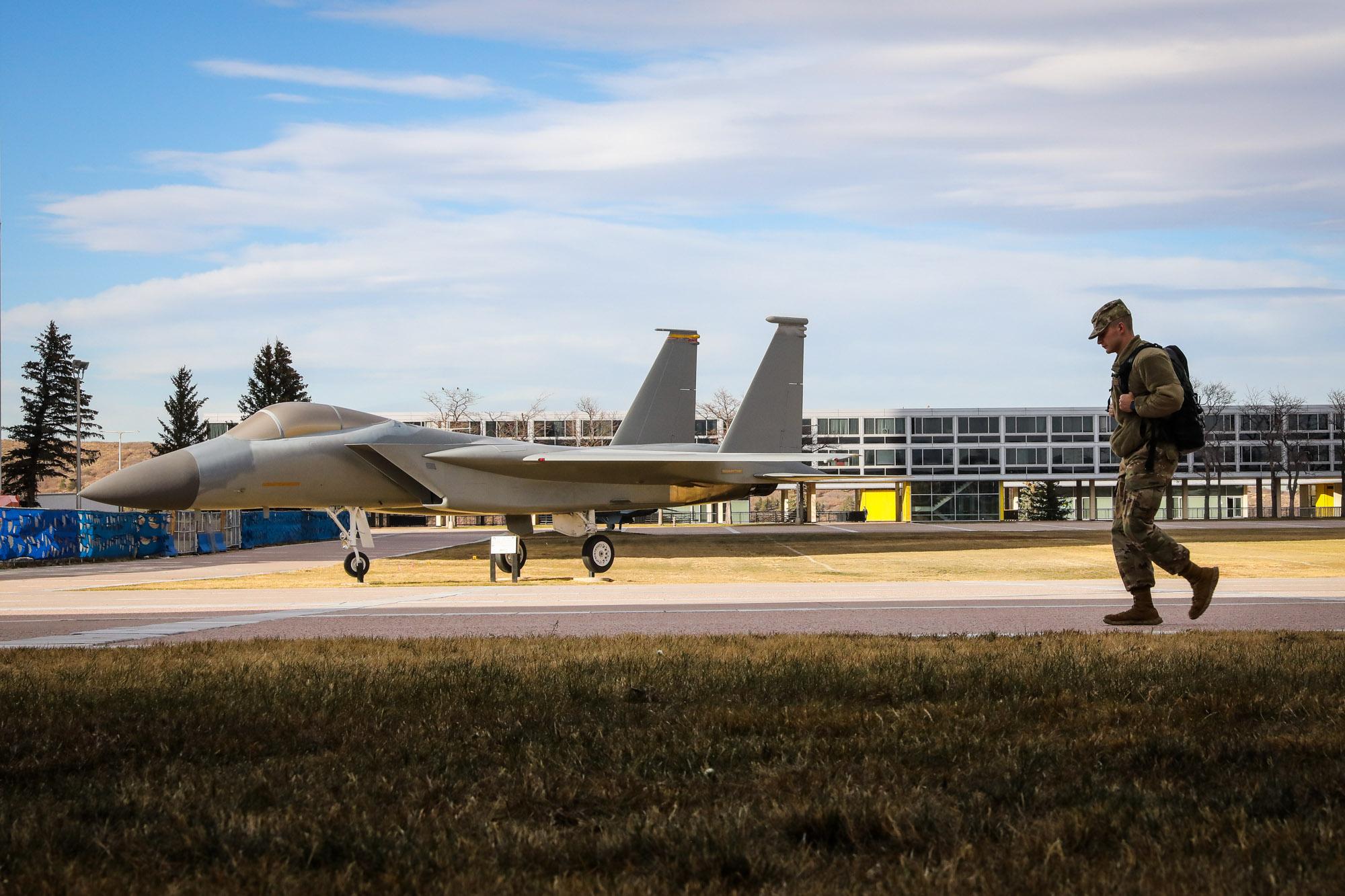The National Transportation Safety Board reported Tuesday that engineers falling asleep at the controls led to two recent New York City area commuter train crashes that killed one person and injured more than 200 others. The investigative agency has sharply criticized the Trump administration for scrapping a proposed regulation aimed at preventing such fatigue-related events.
NTSB investigators found that the engineers of both a New Jersey Transit train that crashed into the Hoboken terminal on September 29, 2016, and of a Long Island Rail Road train that crashed at the Atlantic Terminal in Brooklyn on January 4, 2017, suffered from undiagnosed obstructive sleep apnea, a condition that disrupts sleep repeatedly through the night and has been shown to cause daytime drowsiness. The NTSB says the common sleep disorder is likely what caused the train operators to nod off as they pulled into the stations.
Both trains were going at higher than permitted speeds, accelerating as they entered the stations and smashed through bumping posts at the ends of the tracks. In the Hoboken crash, one woman was killed by falling debris on the platform and 110 people were hurt. In the Brooklyn collision, 108 people were treated for injuries. In both incidents, the engineers of the commuter trains told investigators they could not remember what happened during the final few minutes preceding the crashes.
Severe obstructive sleep apnea has been cited as the cause of several fatigue-related fatal crashes before, both on the rails and on the roads, as we've reported.
The Obama administration had been drafting a rule to require train operators, as well as truck and bus drivers be screened and treated for obstructive sleep apnea, but the Trump administration recently squashed it.
"I don't know how many board meetings I've sat through either on highway or rail (crashes) that have involved OSA (obstructuve sleep apnea)," said Chairman Robert Sumwalt at Tuesday's NTSB meeting on the Hoboken and Brooklyn collisions. "And it could be screened and treated."
Sumwalt says he's "mystified" by the actions by the Federal Railroad Administration and the Federal Motor Carrier Safety Administration to pull the regulation.
"I'm extremely disturbed that (they've) withdrawn this sleep apnea screening proposal," he said. "It's unacceptable to me."
The U.S. Department of Transportation said in August when it suspended the rule-making process that instead of mandating sleep apnea testing and treatment from the federal level, it would leave it up to individual railroad operators to decide how best to handle the issue.
But Sumwalt said the department already requires such screening and treatment for pilots of commercial jetliners and of private airplanes alike, so why not for truckers and train engineers?
"It doesn't really makes no sense to me that one DOT agency, the Federal Aviation Administration, is taking what appears to be a reasonable approach for obstructive sleep apnea [while the other agencies withdrew the proposals]. I'm not sure why there's a difference within DOT modal agencies," Sumwalt said.
"The traveling public deserves alert operators," Sumwalt said. "That's not too much to ask."
The NSTB also put some of the blame for the crashes on the two public transit agencies, faulting New Jersey Transit for not following the sleep apnea protocols it had in place, saying the agency failed "to follow internal guidance and refer at-risk safety sensitive personnel" for sleep disorder screening.
The NTSB also faulted the Long Island Rail Road and its parent agency, the Metropolitan Transportation Authority, for not having any testing for obstructive sleep apnea in place before the crash. Both have since changed their policies to require all train and bus operators and locomotive engineers be screened for obstructive sleep apnea and if they test positive, that they receive treatment before being allowed to operate again.
9(MDEyMDcxNjYwMDEzNzc2MTQzNDNiY2I3ZA004))








